- To proceed to checkout and complete your order, you must have a minimum order amount of $200 . Your current order total is $0.00.
Adult ostriches
Original price was: $1,600.00.$890.00Current price is: $890.00.
Physical Characteristics
- Size and Weight:
- Height: Adult ostriches are the tallest birds in the world, standing 7 to 9 feet (2.1 to 2.7 meters) tall.
- Weight: They can weigh between 220 to 350 pounds (100 to 160 kg).
- Plumage:
- Males: Male ostriches have striking black feathers with white plumes on the wings and tail.
- Females: Female ostriches have more subdued greyish-brown feathers, providing better camouflage in their natural habitat.
- Legs and Feet:
- Ostriches have powerful, long legs that are bare of feathers. Each leg has two toes, with the larger inner toe bearing a hoof-like nail for defense and traction.
- These legs are adapted for running, capable of propelling the bird to speeds up to 45 miles per hour (72 km/h).
- Head and Neck:
- Ostriches have long, bare necks and small heads. Their eyes are large and provide excellent vision, helping them detect predators from a distance.
- Their beaks are short and flat, suitable for foraging.
Habitat and Range
- Geographic Range:
- Ostriches are native to Africa and are found in various regions, including savannas, deserts, and open woodlands.
- Habitat Preferences:
- They prefer open landscapes where they can run freely and have a clear view of their surroundings to spot potential threats.
Behavior and Social Structure
- Diet:
- Ostriches are omnivorous, with a diet that includes plants, seeds, insects, and small vertebrates. They often swallow pebbles and sand to help grind food in their gizzard.
- Social Structure:
- Ostriches are social birds that typically live in small flocks, usually consisting of 5 to 50 individuals. These flocks can include other herbivores, like zebras and antelopes, benefiting from mutual vigilance against predators.
- During the breeding season, the social structure becomes more complex, with dominant males establishing territories and harems of females.
- Reproduction:
- Mating: Dominant males perform elaborate courtship displays to attract females, including booming calls, wing displays, and dances.
- Nesting: The dominant male digs a shallow nest in the ground where multiple females lay their eggs. The communal nest can contain 15 to 60 eggs.
- Incubation and Care: Both the male and dominant female share the incubation duties. After hatching, the chicks are cared for by both parents.
Adaptations
- Speed and Agility:
- Ostriches are the fastest running birds, capable of maintaining speeds of 30 to 45 miles per hour (48 to 72 km/h) and covering up to 16 feet (5 meters) in a single stride. This speed is their primary defense against predators.
- Thermoregulation:
- Their large body size helps in thermoregulation, allowing them to withstand high temperatures in their arid habitats. They use their wings to provide shade for themselves and their chicks and to dissipate heat.
- Defense Mechanisms:
- Besides their speed, ostriches can deliver powerful kicks with their legs, which can be lethal to predators like lions and hyenas.
Conservation Status
- Wild Populations:
- Wild ostrich populations are generally stable, though they have been extirpated from some regions due to habitat loss and hunting.
- Conservation Efforts:
- Conservation programs focus on habitat preservation, anti-poaching measures, and sustainable farming practices. Ostrich farming provides economic benefits and reduces hunting pressure on wild populations.
Economic and Cultural Importance
- Farming:
- Ostriches are farmed for their meat, feathers, and leather. Ostrich meat is lean and high in protein, making it a popular alternative to beef.
- Their feathers are used for decoration and in the fashion industry, while ostrich leather is valued for its durability and distinctive texture.
- Cultural Significance:
- Ostriches have been depicted in various cultures throughout history, often symbolizing speed, vigilance, and exoticism. They appear in ancient Egyptian art, African folklore, and modern branding.
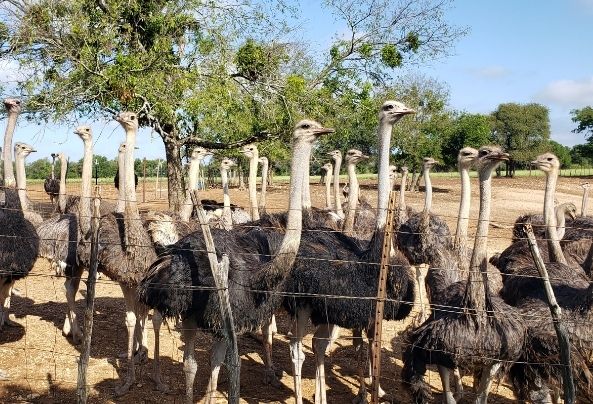
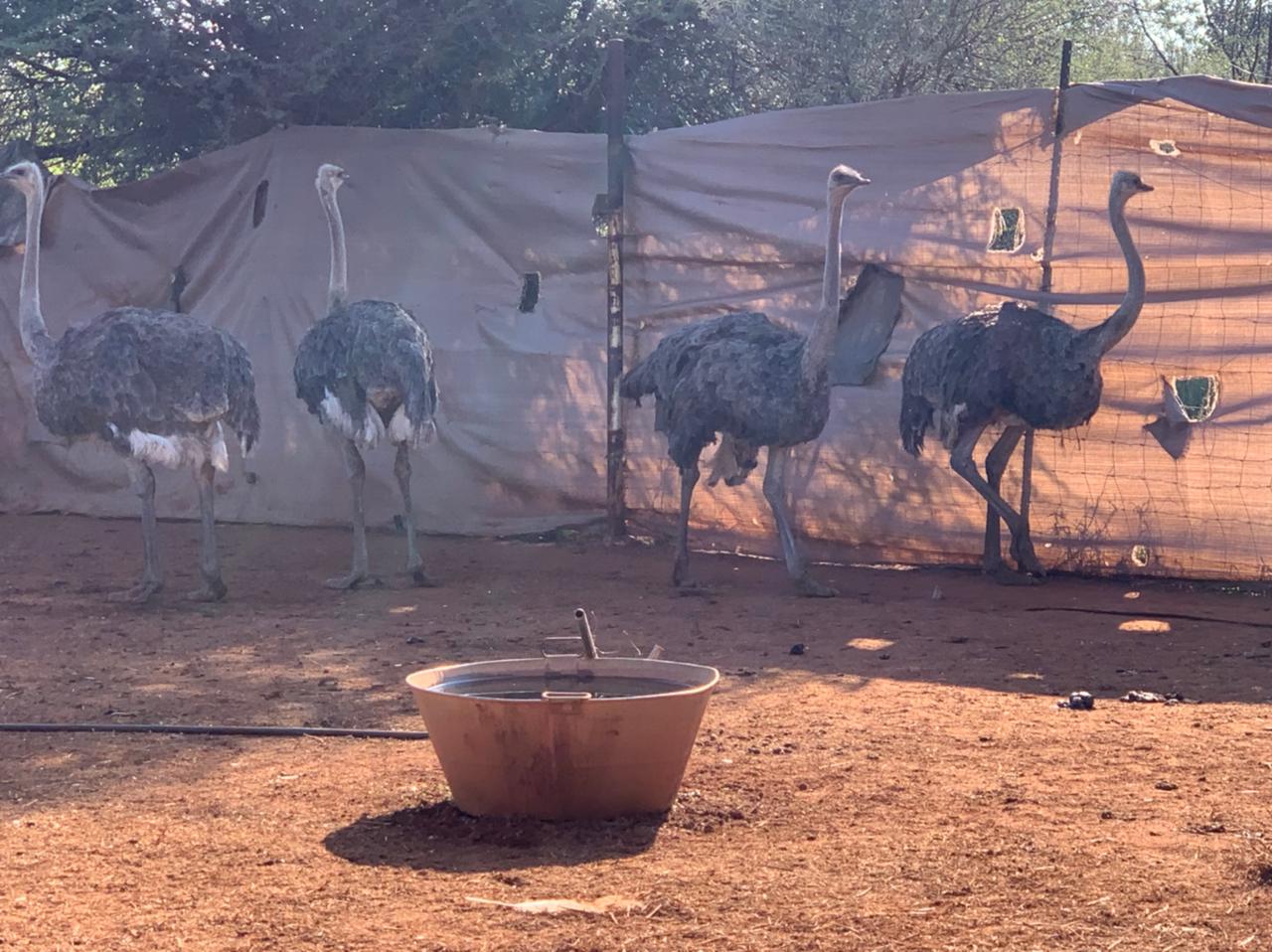
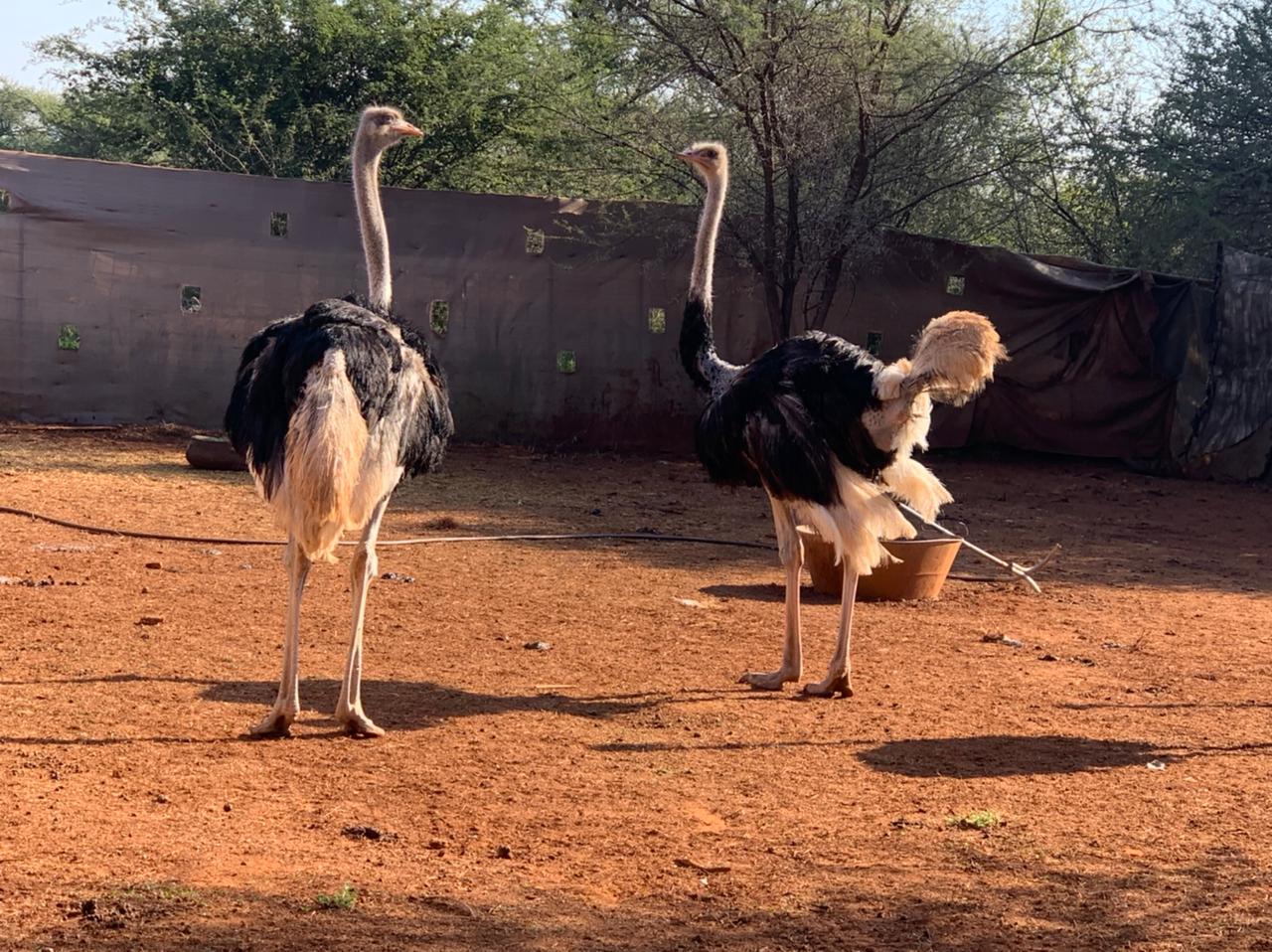

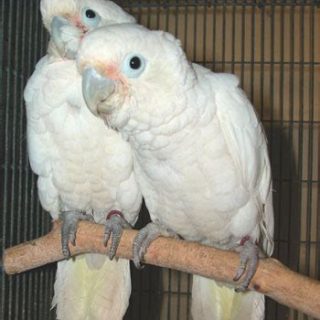

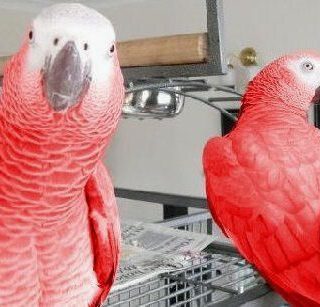

Reviews
There are no reviews yet